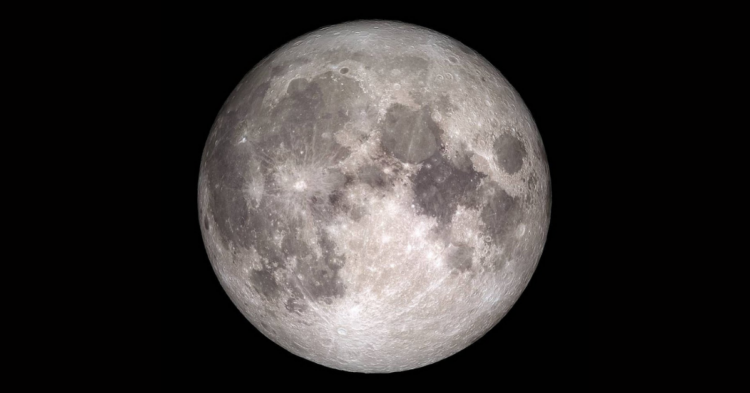One key ingredient for longer-term human space exploration just got a bit easier to come by, in theory. NASA announced on Monday that the presence of water on the Moon has been confirmed, and that it might be much more abundant and easier to access than scientists expected.
Scientists have detected water ice on the Moon before, but never where they found it this time.
It was thought to be present only at the poles and in large craters located in areas where sunlight can’t reach. Temperatures at those locations can dip as low as -400 F, so astronauts can’t be expected to safely access them.
However, it turns out there’s water ice in sunlit areas on the Moon, and it’s a discovery that’s actually raising some big questions.
There’s no doubt about NASA’s findings.

NASA’s SOFIA, a large flying observatory that takes measurements at altitudes up to 45,000 feet, picked up a wavelength of light that’s specific to water while observing the Clavius Crater, a large body near the Moon’s South Pole that’s very much in the sunlight.
As exciting as that discovery is, it’s also baffling. “Without a thick atmosphere, water on the sunlit lunar surface should just be lost to space,” NASA researcher Casey Honniball said in a press release . “Yet somehow we’re seeing it. Something is generating the water, and something must be trapping it there.”
NASA has a couple of theories as to how the water might have ended up on the surface of the Moon.

There are two theories more likely than any others, NASA said. First, the water could come from micrometeorites. They could bring water with them when they slam into the Moon.
Or, the water could be created by a process involving hydrogen carried on solar winds reacting with elements in the Moon’s soil to make hydroxyl, which then turns into water via radiation.
Either way, if water ice exists in accessible areas, it could be a game-changer for space exploration.
Although SOFIA didn’t detect much water on the Moon — the concentrations were roughly equivalent to a 12-ounce bottle spread over a cubic meter of soil, or about 100 times drier than the Sahara Desert — it’s still much more than expected. That water could, in theory, be filtered for things like drinking or hydrating plants, and it could also be broken down into its component elements for breathing or to create rocket fuel.
Having those resources on hand brings NASA one giant leap closer to establishing a permanent human presence on the Moon.
Not only is water incredibly versatile and vital, it’s also quite heavy. “Any time we don’t need to pack water for our trip, we have an opportunity to take other useful items with us,” said Jacob Bleacher, chief exploration scientist for the Human Exploration and Operations Mission Directorate, according to Engadget . “For instance payloads to do more science. So you can imagine, easily being able to use water that is already at the moon, would be a big help for us.”
NASA has ambitious plans for the Moon, involving sending a man and woman to the lunar surface in 2024 and establishing a sustainable human presence there by 2030 under the Artemis program.
h/t: NASA

















































